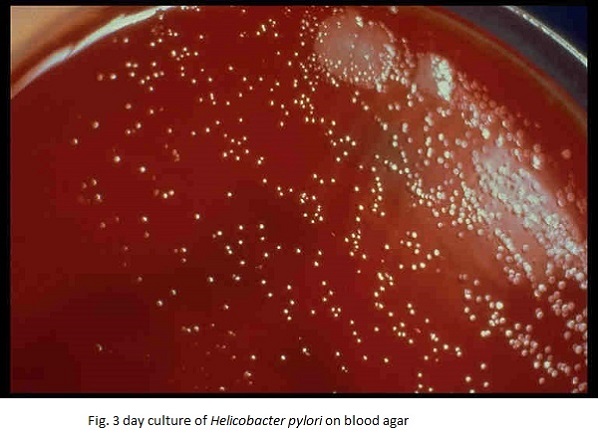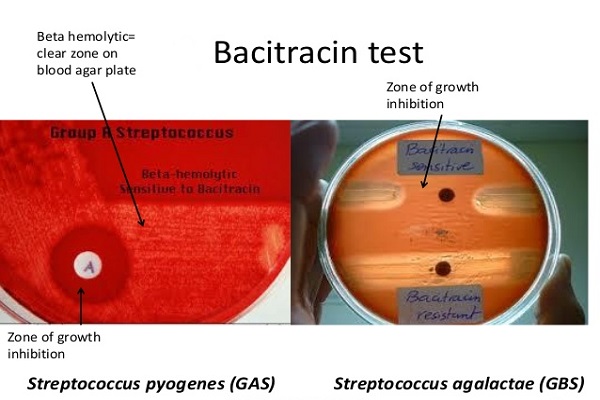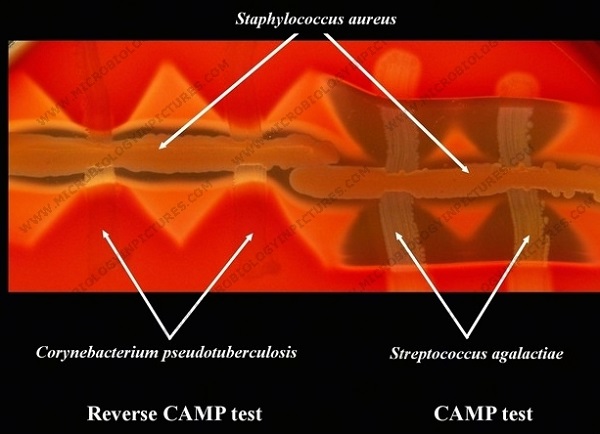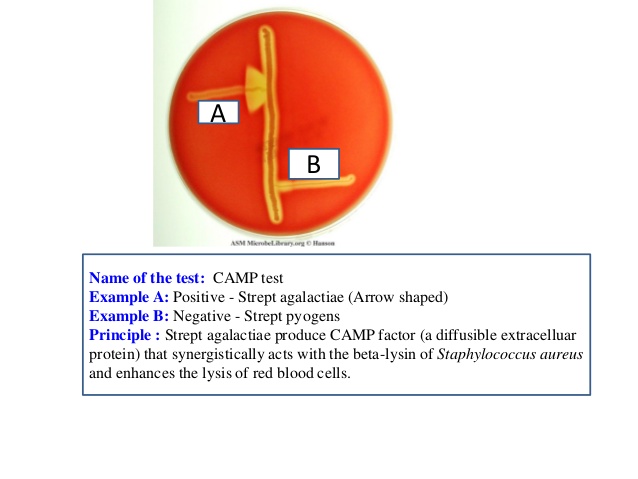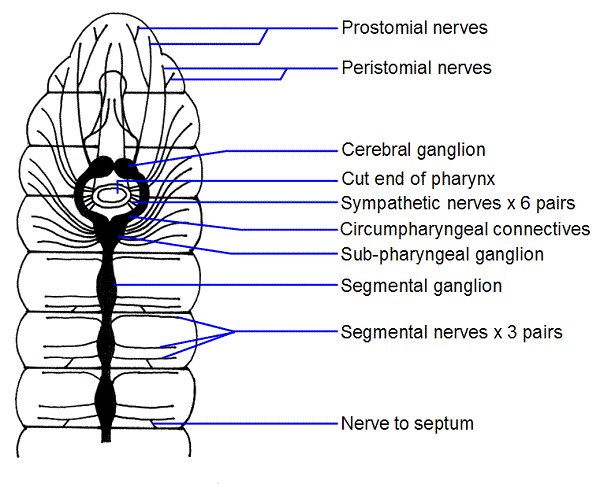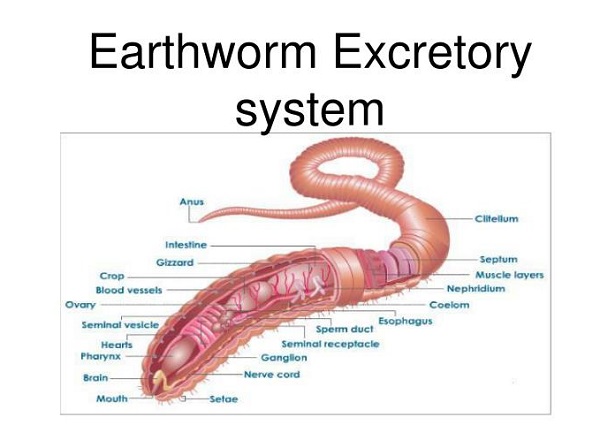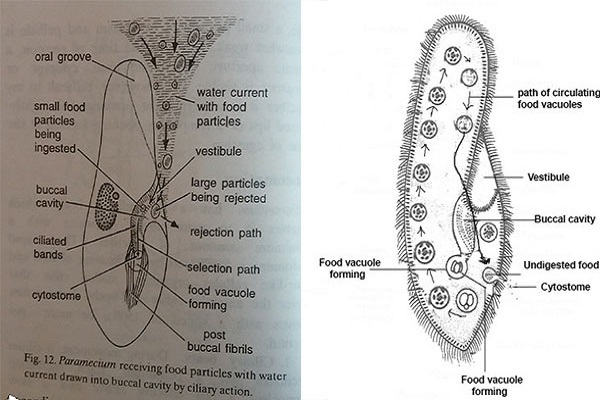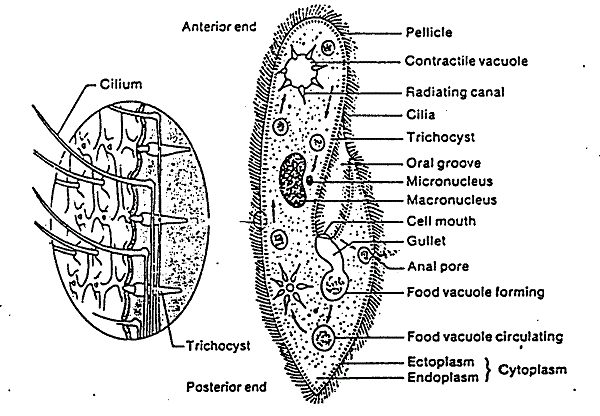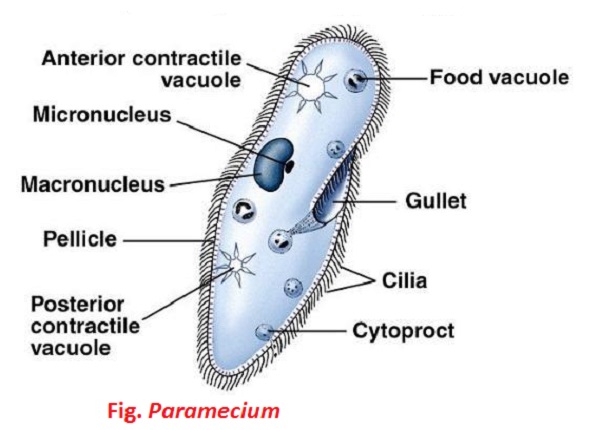Cultural Characteristics of Helicobacter pylori
Please rate this Please Rate 0 1 2 3 4 5 Cultural Characteristics of Helicobacter pylori They are micro-aerophilic, require 5-10% CO2 and high humidity. They are fastidious organism. They grow best at 37°C but not at 43°C and below 30°C. Growth is best on blood agar and chocolate agar after incubation for 2-5 days. Colonies are circular, convex and… Continue reading "Cultural Characteristics of Helicobacter pylori <span class="rating-result after_title mr-filter rating-result-231" > <span class="mr-star-rating"> <i class="fa fa-star mr-star-full"></i> <i class="fa fa-star mr-star-full"></i> <i class="fa fa-star mr-star-full"></i> <i class="fa fa-star mr-star-full"></i> <i class="fa fa-star-half-o mr-star-half"></i> </span> <span class="star-result"> 4.51/5</span> <span class="count"> (47) </span> </span>"
